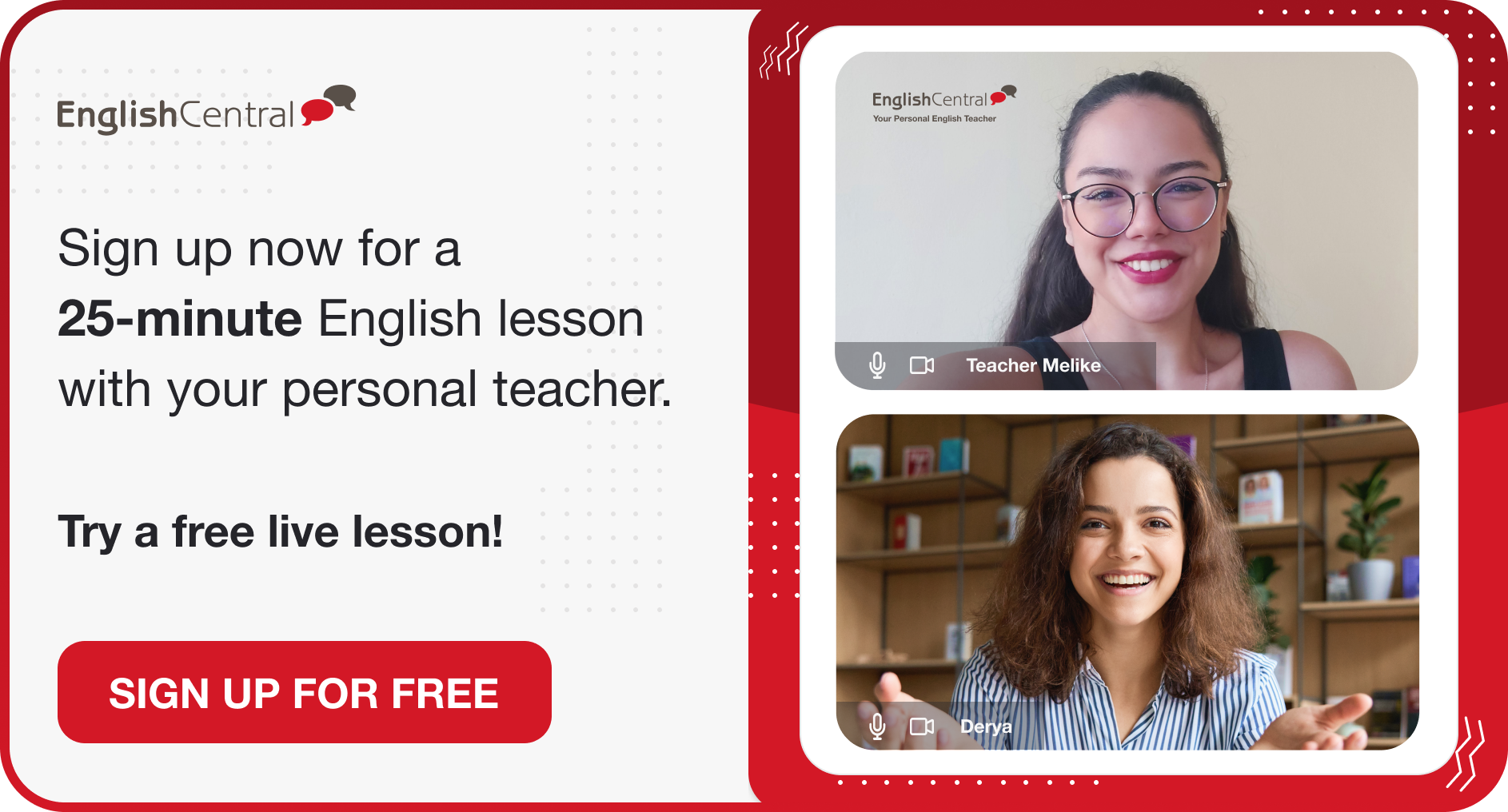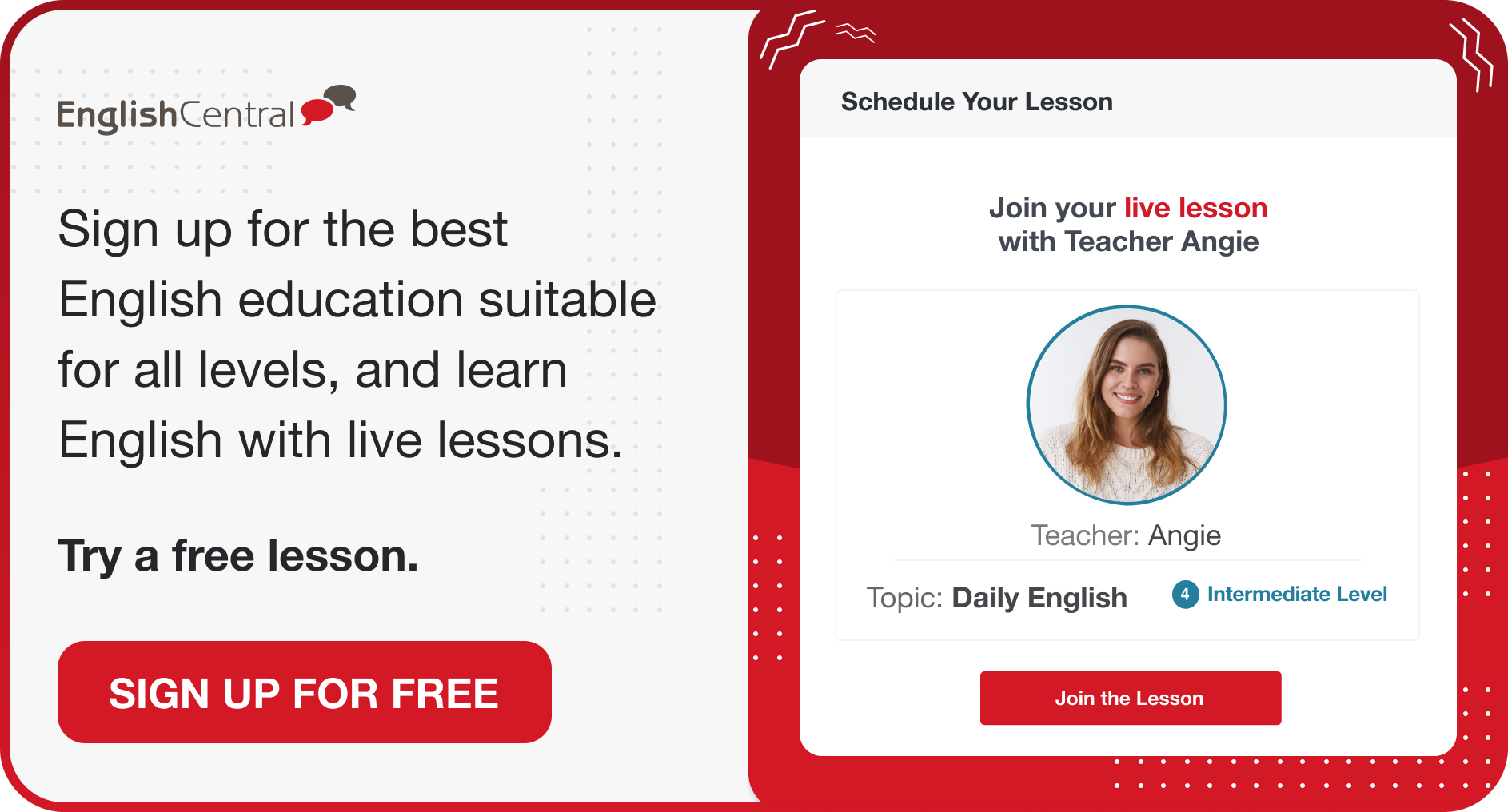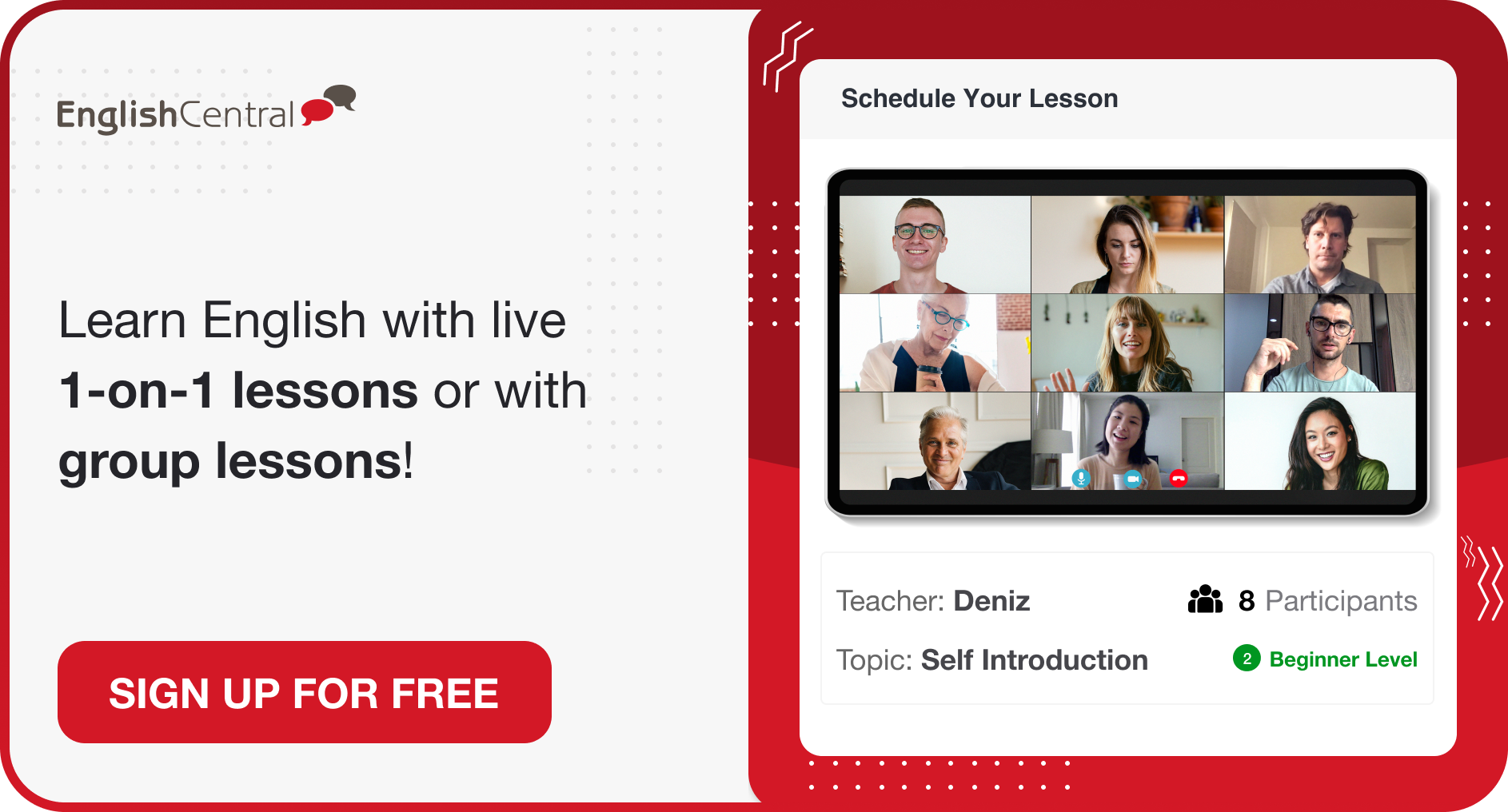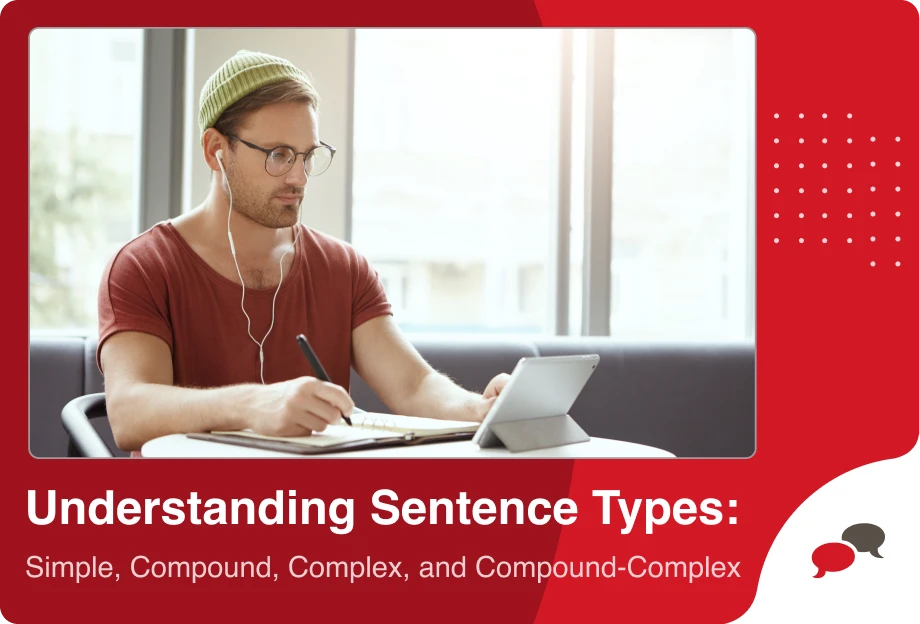Making a CV for prospective employers can be necessary if you’re aiming for a job in academia or research. With a CV, you can highlight your academic achievements and educational background to demonstrate your suitability for the position. A strong CV that makes an impact on the hiring committee can be produced with the help of an understanding of CV formatting. In this article, we will define a CV, explain how to write one, and present an example.
What is a CV?
CV stands for curriculum vitae, which is Latin for “course of life.” There are certain nations where a CV and resume are equivalent, such as Australia, South Africa, and India. It is used as a document that presents a comprehensive summary of your academic history and accomplishments in the United States and many European countries.
In the United States, the definition of a CV is a document that’s an exhaustively comprehensive rundown of your entire academic career. Since it’s not tailored to a specific job opening, you may add all your experiences. That means every publication, conference, and school project you’ve done up until that point in time.
In Europe and Ireland, a CV is a resume for a job. It’s typically shorter, 1–2 pages long to be exact. It doesn’t list every achievement, instead, it highlights accomplishments that prove key skills needed for the job. It’s similar to an American resume with a few notable exceptions.
How to Write a CV?
Here are seven basic steps for writing a CV:
1.Create a Header with Contact Information
For employers to know who you are and how to get in touch with you right away, your name, phone number, and email address should be included in your header, which should be at the top of the page.
2.Write a Professional Summary
Write a brief paragraph summarizing your career goals, relevant skills, and what you bring to the table as a candidate. Tailor this section to the specific job you’re applying for.
3.Detail your Education
A section about your educational history is crucial to include on your CV, since it’s frequently employed for academic job searches. Put your degrees in reverse chronological order, starting with the most recent one at the top. List all of your degrees, including the ones you are working for.
4.Provide Your Work Experience
Detail all your practical work experience so your prospective employer can see your career path, including:
Full-time and part-time employment
-Internships
-Research projects
-Lab work
-Volunteer work
-Field experiences
Include the job title, the name of the employer, the location, and the dates of employment for each position. Use action verbs to briefly describe your obligations and successes, and quantify them whenever possible.
5.List Your Relevant Skills
Emphasize your technical and soft talents that are essential. Languages, software proficiency, certificates, project management abilities, and so on may be included. To stand out as a more desirable candidate, try to highlight talents that are relevant to the job description.
6.Include Additional Sections
CVs are usually longer than resumes so you can detail all the achievements relevant to the potential role. Add sections as needed to list all of your accomplishments, including:
-Publications
-Presentation and lectures
-Community service
-Grants, fellowships or scholarships
-Awards and honors
-Professional memberships
-Consulting work
-Fieldwork
-Study abroad experience
-Conferences
7.Describe Your Personal Interests (optional)
You can choose to include a brief description of your hobbies and interests. Including a few hobbies may help you form a personal connection with the hiring manager.
CV Template
Here is a basic template you can follow when creating your CV:
[Your Name]
[Address, Phone number, Email Address]
[City, State, Zip Code]
Professional summary
[Introduce yourself, highlight your best qualifications and explain why you’re a good fit for the job]
Education
[Title of Degree] [GPA] [Dates Attended]
[School Name]
[Title of Dissertation or Thesis]
Work experience
[Job title] [Dates of Employment]
[Name of Employer] [City and State of Employer]
[Description of your Responsibilities and Accomplishments]
Skills
[Relevant Skills]
[Personal Interests]
[Short Paragraph on your Personal Pursuits]
Community service
[Position Held or Job Performed] [Dates of Service]
[Organization] [City and State of Organization]
[Accomplishment]
Publications
[Author Name in Bold] [Year of Publication] [Title of Article] [Publishing Journal]
Awards and honors
[Name of Award] [Year]
References
[References Available upon Request]
Feel free to adjust the template to fit your specific experiences and qualifications. Make sure to tailor it for each job application by emphasizing the most relevant information.
CV Example
This example is a detailed CV for a Software Development Intern:
John Smith
123 Elm Street
Anytown, USA
(555) 555-5555
johnsmith@email.com
Professional Summary:
Detail-oriented recent graduate with a Bachelor of Science in Computer Science and a passion for software development. Skilled in Java, Python, and web development. Strong problem-solving abilities and a collaborative team player. Eager to contribute to innovative projects and further develop technical skills in a dynamic software development environment.
Education:
Bachelor of Science in Computer Science
GPA: 3.8/4.0
Dates Attended: August 2020 – May 2024
University of Technology, Anytown, USA
Thesis: “Enhancing User Experience in Web Applications through Responsive Design”
Work Experience:
Software Development Intern
Dates of Employment: June 2023 – August 2023
Tech Solutions Inc., Anytown, USA
Assisted in the development and testing of web applications using Java and JavaScript.
Collaborated with team members to troubleshoot and resolve software issues.
Contributed to the implementation of responsive design principles to improve user experience.
Skills:
Proficient in Java, Python, HTML, CSS, JavaScript.
Experience with software development methodologies such as Agile and Scrum.
Strong problem-solving and analytical skills.
Excellent communication and teamwork abilities.
Familiarity with version control systems like Git.
Personal Interests:
Outside of work and academics, I enjoy hiking, playing guitar, and volunteering at the local animal shelter.
Community Service:
Volunteer Web Developer
Dates of Service: September 2022 – Present
Tech for Nonprofits, Anytown, USA
Developed and maintained websites for nonprofit organizations to increase their online presence and support their missions.
Publications:
Smith, J. et al. (2023). “Improving User Engagement in E-commerce Websites through Personalized Recommendations.” Journal of Web Engineering.
Awards and Honors:
Dean’s List: 2021, 2022, 2023
Outstanding Student in Computer Science Award: 2024
References:
Available upon request.
This sample shows how to organize a CV using the given format, emphasizing important education, professional experience, abilities, and other aspects. Don’t forget to tailor your CV for every job application, and make sure the information you include is correct and current.
Frequently Asked Questions About How to Prepare a CV
What’s the ideal CV length?
In a survey, 91% of recruiters stated that two pages is the ideal length for a CV. Naturally, though, this can change based on your personal experience. Even if you are a college student or recent graduate, your CV might easily be two, if not three, or four pages long.
What are the differences between a resume and a CV?
Although a resume and a curriculum vitae (CV) both list an individual’s professional experience, they differ greatly in terms of structure, length, and intended use. Resumes are usually one or two pages long, focused on accomplishments, skills, and relevant work experience that are particular to a job application. A CV, on the other hand, is longer—often several pages—and contains more thorough details regarding one’s educational background, research, publications, presentations, and professional associations.
What are some common mistakes to avoid while preparing my CV?
Avoid spelling and grammatical errors, including irrelevant information, using clichés, and using a generic template without personalization.
Should I include references on my CV?
It’s generally not necessary to include references on your CV. Instead, you can provide them upon request.
Would you like to put what you have learned into practice? You can access everything you need to learn English on a single platform! With 25-minute one-on-one live English lessons, 40-minute group lessons, more than 30,000 interactive videos, vocabulary learning tools, AI-supported tutor MiMi, quizzes, and interactive activities, EnglishCentral offers its users a personalized and quality education plan at an affordable price. How about registering for EnglishCentral now and starting to learn English?











